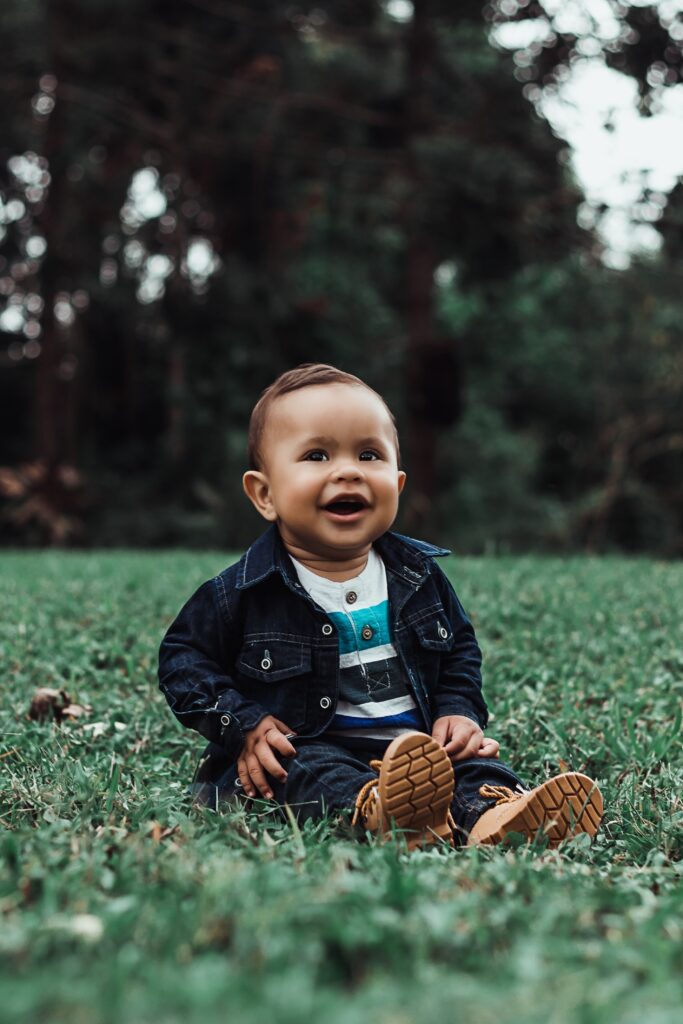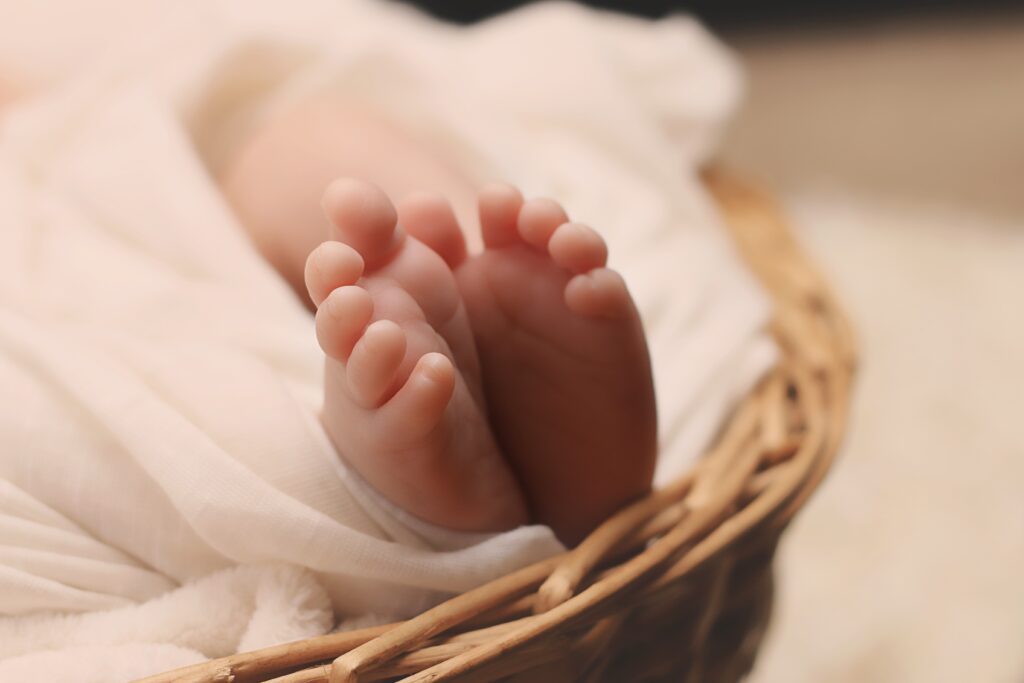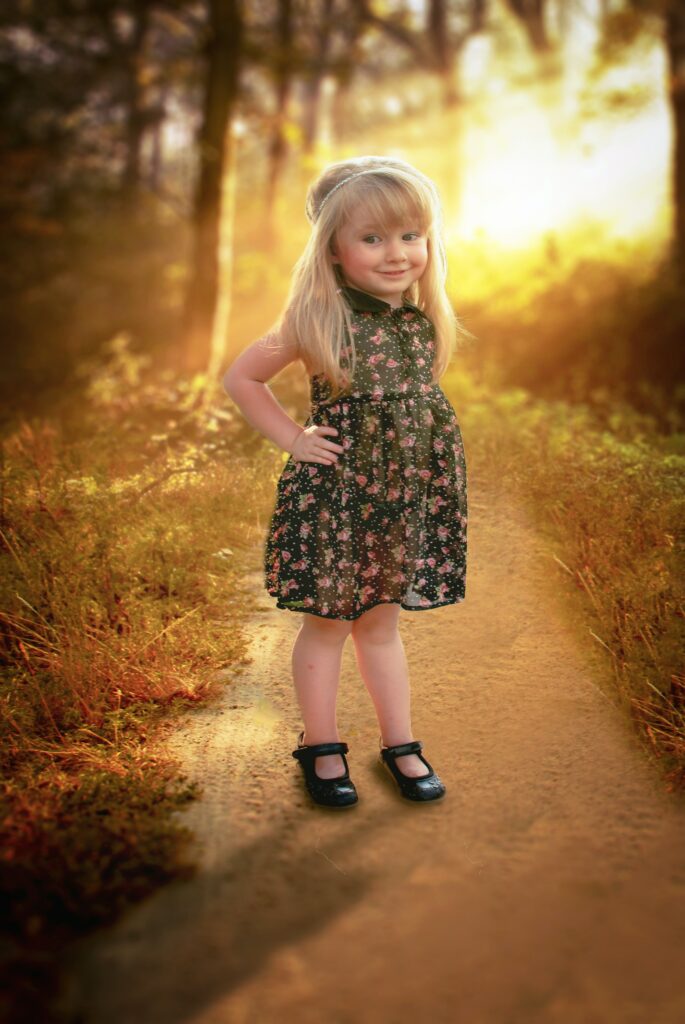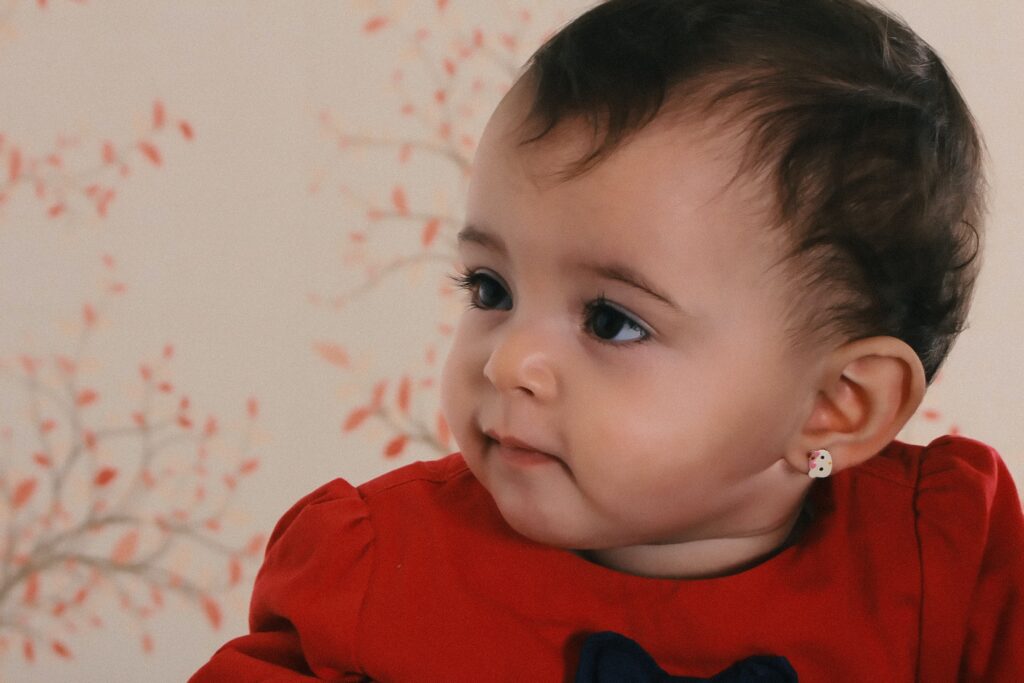The Happy Baby Yoga Pose (also known as Ananda Balasana) is a yoga and Pilates stretch. Yoga is a mind-body workout that emphasizes flexibility, breathing, and strength. Its purpose is to improve mental health. Pilates incorporates yoga-like exercises to increase range of motion, balance, and flexibility and strengthens and tones muscles. The Happy Baby Yoga Pose is frequently integrated into these two workouts due to its soft, calming activity and several health advantages.
When your body needs to relax, make Happy Baby your go-to for you and your child. As joyful babies know, there are numerous reasons why it might feel so lovely! Because you are lying on your back, it requires less physical effort than many other poses. Furthermore, recumbent positions, particularly this one, are relaxing and restorative. Ananda Balasana is an excellent stretch for the inner thighs, inner groins, hips, hamstrings, and even the shoulders and chest. It provides flexibility in the back muscles, which is beneficial after performing other poses, particularly backbends and twists. The sacrum broadens when you take Happy Baby. It extends the inner groins and the back spine gently. It also helps to ease stress and exhaustion by calming the brain.
What is The Happy Baby Yoga Pose?

Happy Baby Yoga Pose is a pleasant and calming pose that is excellent for relaxing and stretching the body. It entails rolling from side to side while resting on your back. The pose is rightly termed “happy baby” since you will resemble a baby laying peacefully on its back when in this position – lying on your back and grasping your feet. Who hasn’t seen a baby resting on a blanket or crib in this position? Happy Baby Yoga Pose is a simple technique that is suitable for beginners. Because of its relaxing impact, instructors frequently include the pose near the beginning or finish of yoga or Pilates programs.
Happy Baby Yoga Pose Basics
- Ananda Balasana in Sanskrit (Uh-NUHN-duh Buh-LUH-suh-nuh)
- Supine is the form of stance.
- The back, hips, and hamstrings are the primary targets.
It feels like you’re receiving a fantastic massage as you roll from side to side and back and forth. It will offer your back and hips the extra attention they want and crave. The best thing is that it is gentle enough for most people to enjoy; fortunately, it appears frequently in all yoga courses.

Some people find this stance difficult, which is entirely natural. Not every day, the knees must rise above the heart and point toward the armpits. If you have problems getting your knees to spread and move toward your triceps, try reaching for your knees, calves, or ankles to reap the full advantages of the position. If you can’t easily support your feet with your hands, consider looping a yoga strap around the middle arch of each foot. Malasana, or yoga squat, is an excellent pose for hip and ankle mobility. If you’re unable to perform that stance, try Happy Baby. It’s ideal to gradually increase flexibility without less mobile weighting body portions. Try extending the tailbone forward and down to achieve more relaxation and massage in the low back. The sacrum will feel broader, and many people get achy in this area from sitting, lifting, and bending.
History of Happy Baby Yoga Pose
Sanskrit, a sacred and ancient language in Hinduism, is the source of Ananda Balasana. Ananda means “happy” in this language, bal means “kid or baby,” and asana means “position.” Many babies enthusiastically grab their toes and feet while lying on their backs and then rock back and forth. This position can calm and relax your inner child as it can calm and soothe babies. It’s a straightforward yet pleasant and soothing action.
How to Do the Happy Baby Yoga Pose

Here’s a step-by-step guide to performing the Happy Baby Yoga Pose:
- Step 1: Lie face down on the floor or a mat.
- Step 2: With your head flat on the mat, bend your knees at a 90-degree angle toward your chest. Turn your feet up and toward the ceiling.
- Step 3: Reach out and grab the inside or outside of your feet. Spread your legs apart and bring them closer to your armpits.
- Step 4: Gently rock from side to side while flexing your heels into your hand (like a happy baby). Hold this position for a few breaths, inhaling and exhaling deeply.
Tips for Happy Baby Yoga Pose
Although the Happy Baby Yoga Pose is a fantastic technique to stretch and reduce stress, it is essential to avoid frequent pitfalls to get the most out of this exercise. Your shoulders must always remain flat on the floor or mat, so avoid raising them as you reach forward. If you can’t maintain your shoulders flat, grip and hold your ankles or shins instead of the inner or outside of your feet. Similarly, keep your head on the mat to prevent neck strain. If this is difficult, support your neck with a rolled blanket or towel. Alternatively, hold your ankles or shins rather than your feet. To attain this pose, if you’re a beginner and can’t grab your feet, wrap a yoga strap across the arch of your feet.
How to do the Happy Baby Yoga Pose with Children
- Extend one leg, then the other, and re-bend in varied sequences — do a little dance!
- Ask students what shapes they observe in the posture as a math integration. What new forms may they create?
- Roll from one side of your back to the other. As if you were on a boat on the water.
- Request that children laugh like cheerful, joyous babies. Can they laugh in varied ways, such as slow, quick, deep, and low?
Benefits of Yoga for Children

Yoga teaches fundamental principles such as nonviolence, truthfulness, moderation, cleanliness, gratitude, and self-discipline. Yoga practice benefits children in five major areas, each of which improves their general well-being:
- It Improves Physical Flexibility: Yoga improves physical strength by teaching children to use all of their muscles in new ways. Standing, sitting, or lying down, each pose can challenge different muscle groups while helping a child become aware of his body and how it functions efficiently.
- It improves coordination and balance: Yoga relies heavily on balance. Balancing poses were developed to increase mental and physical equilibrium, as the exertion of attempting the poses results in mental clarity and stability. Even if a toddler has difficulties standing on one foot, she will develop psychological and physical balance if she remains calm when she falls and gets up to try again. Children will feel a sense of success as they learn to improve their physical balance. Coordination is also linked to balance and increases general dexterity.
- It Improves Focus and Concentration: Practicing poses allows children to clear their minds and concentrate on the task. According to various studies, yoga helps youngsters focus and concentrate in school and obtain higher marks due to this singular focus on achieving a specific pose or being balanced.
- It Increases Self-Esteem and Confidence: According to Enneking, yoga helps create confidence and bring learning to youngsters professionally. “It contributes to the provision of future building blocks. We should instill a sense of wonder in our children and a strong sense of self so they know where they belong in the world and can contribute to making their community a better place.” Yoga encourages students to continue being patient and working hard to achieve their objectives. A yoga teacher can only provide guidance; the youngster must work hard to succeed. As a result, when a child masters a position, he gains confidence and self-esteem.
- It improves the mind-body connection: Yoga assists children in developing a sound mind in a good body by exercising the physical body and soothing the mind. As parents, we want our children to act and behave mindfully and compassionately, be courageous, experience love and happiness, and achieve inner peace. Because the modern world moves so quickly for youngsters, it doesn’t take long for them to feel all kinds of pressure (personal, parental, and societal) to keep up with everyone around them. Yoga serves as a pressure release valve and a foundation for nurturing and developing a resilient and resourceful body, mind, and spirit.
Happy Baby Yoga Pose for Happier Babies
Happy Baby Yoga Pose! Do you want to eliminate tightness in your back, hips, or thighs? Do you desire mental peace? Adding Happy Baby Yoga Pose can significantly impact your emotional and physical well-being if this is the case. You must understand how to do this movement correctly to avoid injury and get the most out of the workout. As a beginner, you may need to tweak the move, which is okay.


